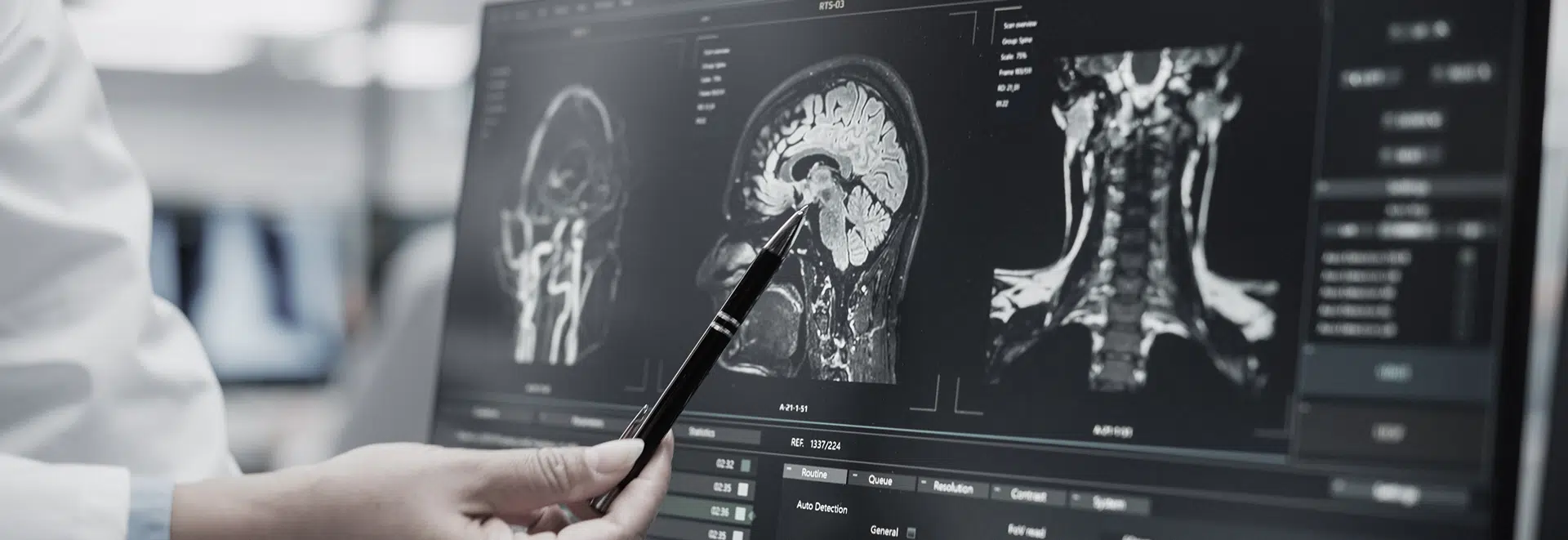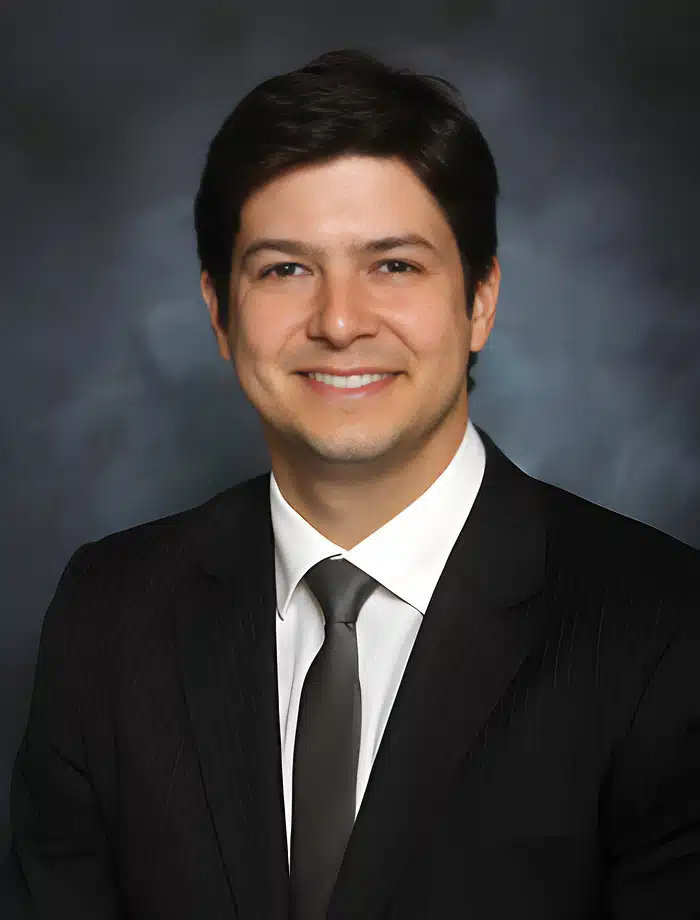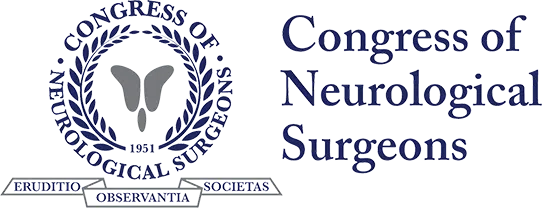Cervical Disc Replacement in Orange County, CA (Mission Viejo)
Cervical disc replacement is a surgical procedure used to treat degenerative disc disease affecting the cervical spine, or neck. It involves replacing an injured or diseased intervertebral disc with an artificial one to restore normal spinal alignment and function. This procedure is also known as anterior cervical discectomy and fusion or total disc replacement.

Benefits of Cervical Disc Replacement in Orange County
Cervical disc replacement offers a modern, motion-preserving alternative to spinal fusion for individuals suffering from degenerative disc issues in the neck. Patients in Orange County who choose this procedure with a skilled surgeon like Dr. Taghva often experience relief from pain and a quicker return to normal activities. Key Benefits Include:
"*" indicates required fields
What is Cervical Disc Replacement Surgery?
Cervical disc replacement is a surgical procedure designed to treat damaged or degenerated discs in the cervical spine—the neck region. Instead of removing a problematic disc and fusing the vertebrae together, this technique involves replacing the disc with an artificial one that mimics the function of a healthy disc.
The artificial disc helps maintain the natural movement between vertebrae, preserving range of motion and reducing the stress placed on adjacent discs. This is a key advantage over traditional spinal fusion, which can limit motion and sometimes lead to additional wear on neighboring levels.
Performed through a small incision in the front of the neck, cervical disc replacement is a minimally invasive procedure with a typically short recovery time and long-lasting results for appropriate candidates.

Call today to Schedule your Consultation
Dr. Alexander Taghva delivers advanced spine and brain solutions.

Types of Cervical Disc Replacement Procedures
Cervical disc replacement can involve different types of artificial discs, each designed to meet specific patient needs and preferences. These devices vary in their construction, materials, and the degree of motion they allow, all while aiming to replicate the function of a healthy cervical disc.
Commonly used cervical disc replacement devices include ProDisc-C, Mobi-C, Prestige LP, Secure-C, and Bryan, each offering unique features tailored to different anatomical and clinical needs.
Types of Cervical Disc Replacement Devices:

Spine Conditions Treated with Cervical Disc Arthroplasty
CDR is a highly effective treatment option for a variety of cervical disc diseases and spine problems affecting the cervical area. These conditions often involve degeneration or damage to the intervertebral discs that can lead to pain, limited mobility, and nerve compression.
Conditions commonly treated with cervical disc replacement include:
In addition to addressing these conditions, cervical disc replacement is especially beneficial for patients who have not found relief from non-surgical treatments such as medications, physical therapy, or injections. Good candidates for cervical disc replacement generally include adults with one or two levels of disc damage in the cervical spine, patients with healthy bone structure and no severe arthritis or deformity, individuals without significant instability in the neck or spinal cord compression requiring fusion, and those seeking an alternative to spinal fusion that maintains natural motion.

As always, a thorough evaluation with a spine specialist like Dr. Taghva is essential to determine if cervical disc replacement is the right approach based on your specific diagnosis, anatomy, and treatment goals.

Cervical Disc Replacement Recovery
Recovery from cervical disc replacement is typically faster and smoother than traditional spinal fusion. Most patients go home the same day or after an overnight stay and begin light activity within a few days.
During the initial weeks, it’s important to avoid heavy lifting, high-impact movements, or activities that put strain on the neck. Many patients start physical therapy soon after surgery to restore strength and range of motion.
Full recovery can take a few months, but most people return to work and regular daily activities within 4 to 6 weeks. Dr. Taghva will provide a personalized recovery plan, including post-operative care and follow-up appointments, to ensure optimal healing and long-term results.

Are you ready to meet a leading Orange County Neurosurgeon?
Potential Risks and Complications of Cervical Disc Replacement
While cervical disc replacement is generally a safe and effective procedure, as with any surgery, there are potential risks and complications. The good news is that when performed by a highly trained and experienced spine surgeon like Dr. Taghva, these risks are significantly minimized.
Possible risks and complications may include:
Dr. Taghva uses advanced techniques and personalized planning to reduce these risks and ensure patient safety at every stage. A thorough consultation and evaluation process helps identify and address any potential concerns before surgery.


Why Choose Dr. Alexander Taghva
Dr. Alexander Taghva is a leading board-certified neurosurgeon, specializing in brain surgery, endoscopic spine surgery, as well as spine disorders. Also, he is the only spine surgeon in Orange County and southern California who offers endoscopic laminotomy surgery. Dr. Taghva:
- Graduated from John Hopkins University School of Medicine and completed his residency at the University of California
- Completed a prestigious fellowship at The Ohio State University in Neuromodulation and Functional Neurosurgery
- Specializes in minimally invasive and endoscopic surgery, spinal stenosis, artificial disc replacement, spinal disorders, spinal surgery revision, and other spinal conditions.
- Specializes in brain surgery to treat trigeminal neuralgia, brain tumors, pituitary tumors, and Parkinson’s disease.
- A highly-respected neurosurgeon with many years of experience, including treating chronic pain via stimulation of the spinal cord and brain
- Actively involved in medical research and the lead investigator for clinical trials on spinal cord stimulation




